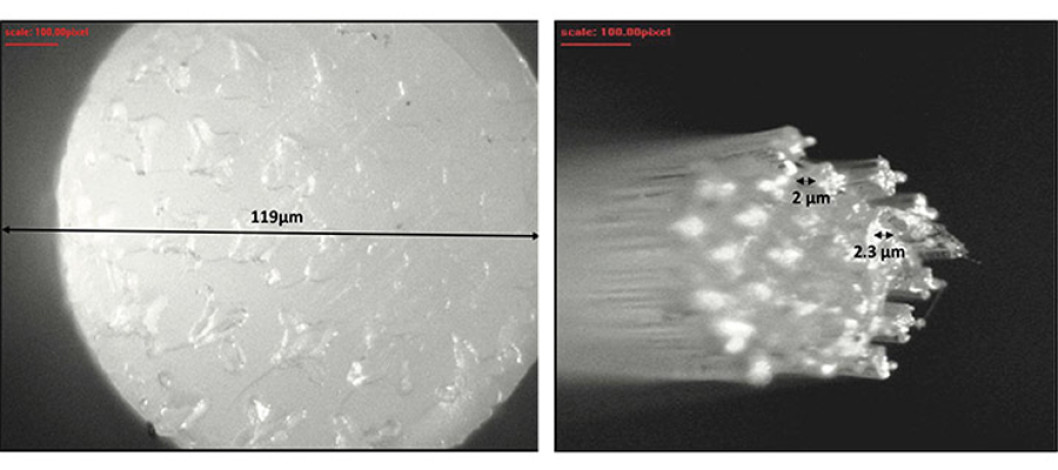
Attaining a genuinely sustainable polymer base for plastics is a complex but achievable objective. Sustainability in the realm of plastics hinges on a range of strategies and innovations designed to mitigate environmental impact and reduce reliance on finite fossil fuels.
One prominent avenue involves bio-based polymers, which derive their origins from renewable sources like plants and algae. These materials, exemplified by polylactic acid (PLA) and polyhydroxyalkanoates (PHA), have already made significant inroads by exhibiting reduced carbon emissions and a smaller environmental footprint compared to conventional plastics. Their broader adoption and continued improvement hold the potential to contribute significantly to the sustainability of the industry.6,9
Recycling, another cornerstone of this sustainable future, demands increased efficiency and broader implementation. The concept of a closed-loop recycling system, where plastics are collected, processed, and reintroduced into the production cycle in an unbroken continuum, is gaining traction. This not only decreases the demand for new plastic production but also minimizes the pernicious impact of plastic waste on the environment.
The deployment of biodegradable plastics is yet another facet of this multifaceted effort. These plastics are engineered to break down into natural substances when exposed to specific conditions, mitigating the persistence of plastic waste in our ecosystems. Nevertheless, the successful adoption of biodegradable plastics depends significantly on the existence of an infrastructure for proper disposal and composting.
Innovations in materials science hold the promise of delivering plastics with improved properties, extended longevity, and enhanced recyclability. These advancements are achieved through the development of polymer blends, nanocomposites, and other novel materials. By harnessing the power of advanced materials, the industry can create plastics that better meet the demands of sustainability.
However, the shift toward sustainability transcends material innovation. It encompasses the entire lifecycle of plastics, where the principles of a circular economy take center stage. This approach prioritizes the reduction of waste, the reutilization of materials, and the promotion of recycling, all essential steps toward minimizing the environmental impact of plastic production and use.
Simultaneously, the reduction of single-use plastics, exemplified by disposable packaging and utensils, is gaining momentum. Governments and businesses are recognizing the urgency of phasing out or diminishing the use of these items and are either transitioning to alternative materials or advocating the use of reusable options. See more.
Source: Online/NAN
Comment Now